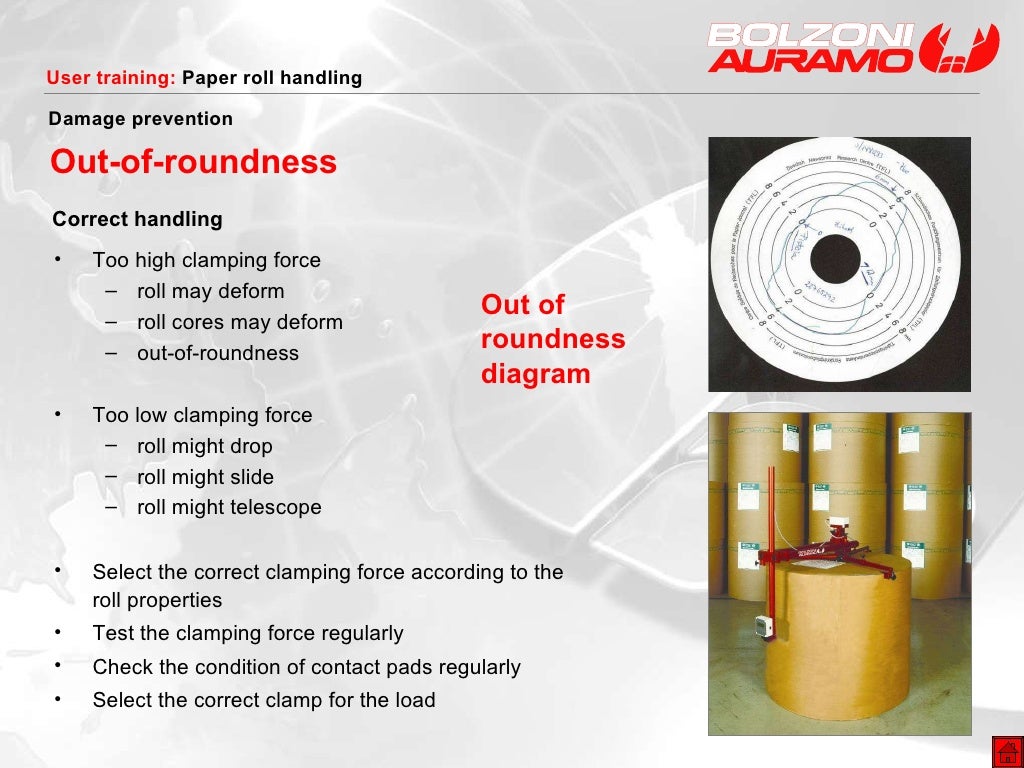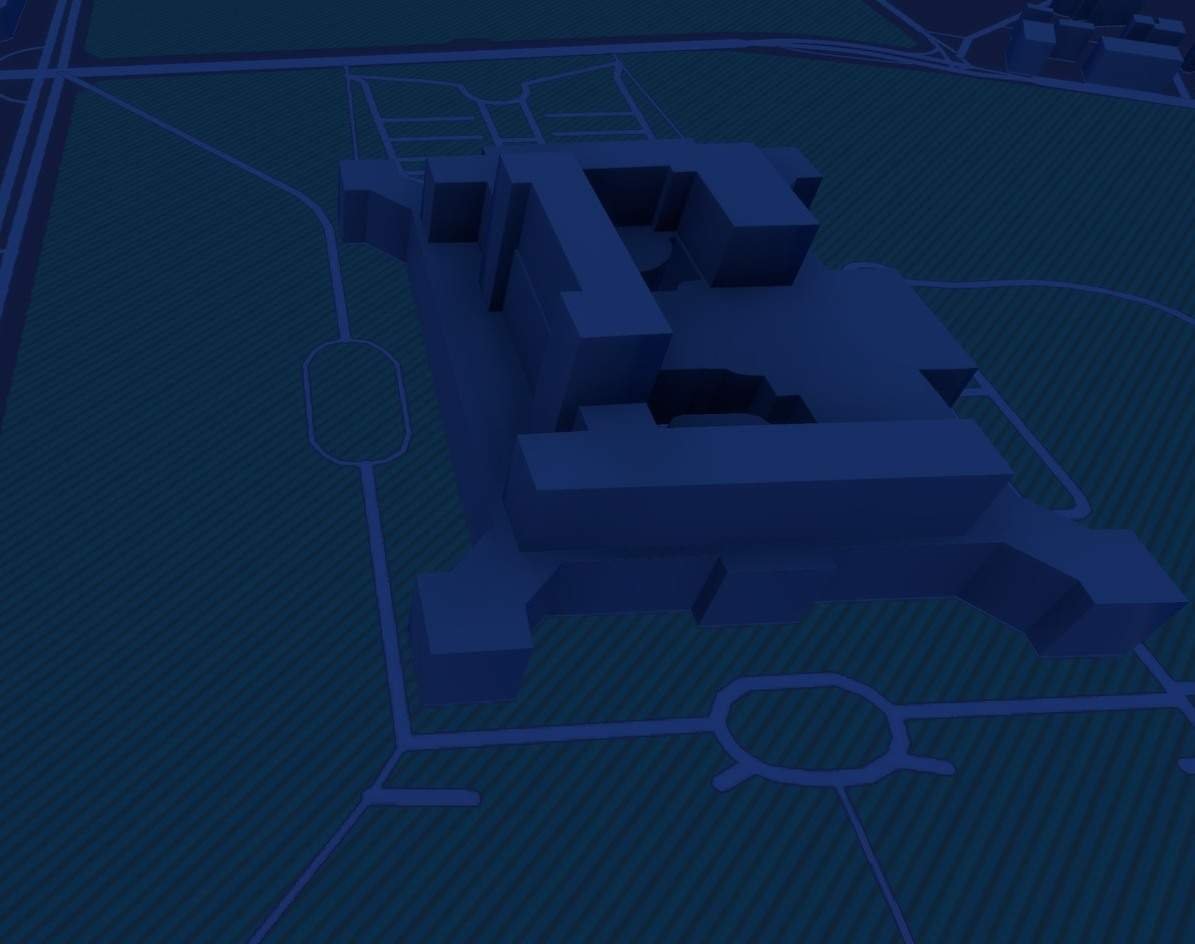

Acid Rain Permits (Title IV)Įlectric generating units (EGUs) which sell electricity to the grid and burn fossil fuel may be required to obtain and operate in compliance with a Phase II acid rain permit, pursuant to Title IV of the federal Clean Air Act. CSAPR implementation began on January 1, 2015. CSAPR regulates annual emissions of NOx and SO2 as well as NOx emissions during the ozone season (May 1 through September 30) from subject electric generating units (EGUs).

Cross-State Air Pollution Rule (CSAPR)ĬSAPR replaced EPA's 2005 Clean Air Interstate Rule (CAIR), following the direction of a 2008 court decision that required EPA to issue a replacement regulation. The public will also be better informed about what is required of sources of pollution in their neighborhoods. The goal is to ensure that source operators know what air pollution control requirements apply to them. A "major source" is a facility that is capable of emitting more than certain amounts of air contaminants. In Michigan, these permits are known as "renewable operating permits." They are often referred to as "ROPs" or "RO Permits." Each "major source" is subject to the program. It is required by Title V of the Federal Clean Air Act of 1990. The operating permits program is a national permitting system, administered by each state. Renewable Operating Permits (ROP) / Title V Does your business have paint or other coating application booths, storage tanks, printing presses, boilers, soil remediation projects, plating operations, degreasers, ovens, or any other process that may emit air pollution? If so, your facility may need to complete an Air Use Permit application. Rule 201 of the Michigan Air Pollution Control Rules requires a person to obtain an approved Permit to Install for any potential source of air pollution unless the source is exempt from the permitting process.
#112 operator workshop install
Michigan Air Permit System Permits to Install (PTI) / New Source Review (NSR)


 0 kommentar(er)
0 kommentar(er)
